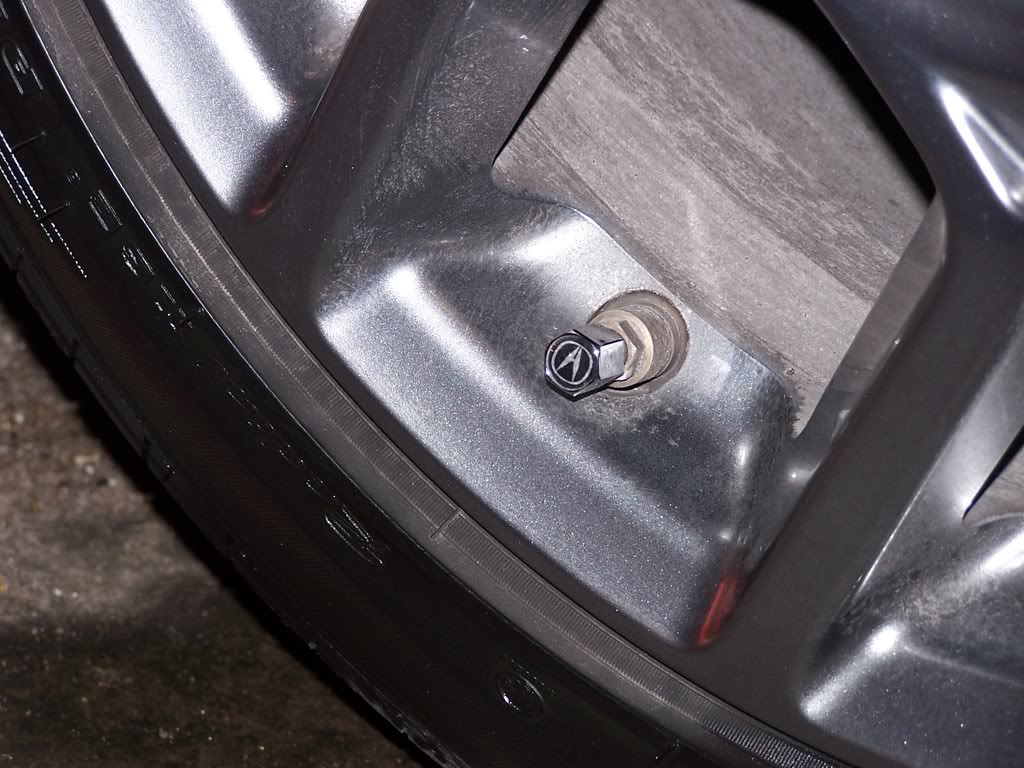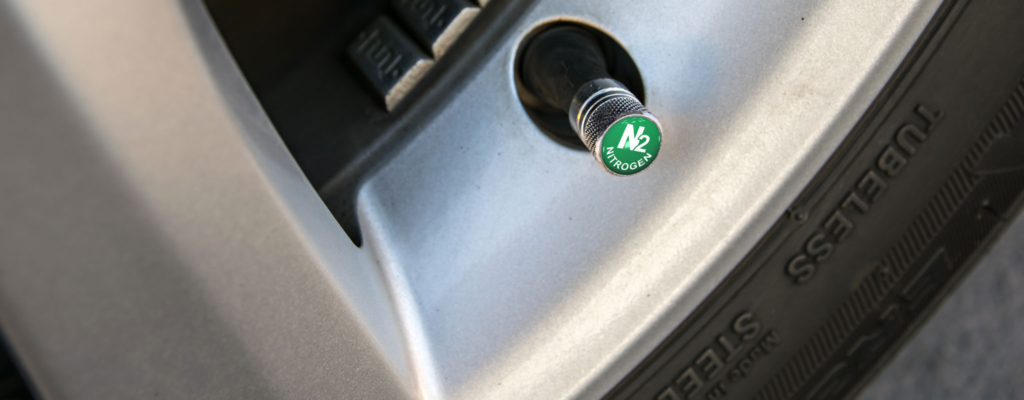One of the challenges of winter is a frozen tire valve. When it happens constantly, it can be an overall frustrating experience. But to solve it you need to know why the tire valve gets frozen.
Frozen tire valve happens mainly in cold temperature. When the moisture in the air turns into ice and freezes over the tire valve. But direct contact with water during extreme cold can also freeze the tire valve. If you want to fix this problem, spray over some lubricant or isopropyl alcohol. You can also apply heat over it or fill up your tires with nitrogen.
If you are looking for a detailed solution, this is the right place. Because, we discuss everything you need to do to fix this problem, once and for all. So, let’s get started.
Why Does Tire Valve Stem Freeze?

Regardless of how big a tire is, it is not immune to its valve stem freezing over. The tire valve stem can freeze for different reasons such as
Cold Temperature: In cold conditions, the moisture in the air transforms into ice and can cause the valve stem to freeze. This freezing temperature then hinders the valve stem’s operation. Potentially this can lead to issues.
Exposure to Water: Valve stems when exposed to water in cold conditions have the tendency to get frozen over. After that, it requires thawing over.
How to Fix a Frozen Tire Valve Stem?
Don’t worry if you find out that the tire valve stem is frozen. Driving in winter can be a hassle. But the solutions are easy and will only take a few minutes. Let’s get into the details.
Use a Lubricant:
Just spray over the frozen valve with a lubricant. Following are the steps.
Tools required:
- WD-40 or any other Spray lubricant
- 2 snub-nosed pliers
Step 1: Rotate the wheel or tire to get the proper view of the valve cap.
Step 2: Grab the lubricant and spray a small amount on the valve.
Step 3: Next, hold the base of the valve stem with pliers.
Step 4: Get the other set of pliers and connect the cap. Keep twisting it until the cap becomes free.
Step 5: Make sure to replace the cap after filling the tire with enough air.
Yes, it’s that easy. It will only take a few minutes.
Apply Heat:
Heat over the frozen tire valve and wait until it can be moved again. You don’t need to use flame or hot water to warm it up. Just grab a heat gun or hair dryer. Then blow it over the tire valve and wait till the ice melts out.
After the ice has melted, check the tire valve again. Roll the wheel after checking the valve and let the remaining ice get melted. Hopefully, your tire valve will be free to move by this point.
Pour Isopropyl Alcohol:
Similar to the lubricant and heating technique mentioned, pour over some isopropyl alcohol to free up the tire valve.
Move the car a bit forward or rearward and bring the valve to a better position. Grab the isopropyl alcohol and pour a little over the valve. Wait for a few minutes and it will thaw up.
Condense Out the Moisture:
It is unlikely that the air inside the tire will have enough moisture to freeze over and cause the valve to become frozen. Chances are it is the moisture from the compressed air source that is causing this problem.
You need to ensure that the source has dry air. To fix this, use a separator filter on the output of the compressor. Install the filter downstream of the compressor. Then ensure the size of the filter. Finally, connect the inlet and outlet ports of the filter.
Always remember that moving the tank from a warmer area to a colder one condenses out the moisture. So, this moisture needs to be drained before dispersing out the air. This is how you can avoid freezing the tire valve.
Use Nitrogen to Fill Up Your Tires:

When it comes to driving, nothing is certain, even a bolt might infiltrate your tire. If the tire valve is freezing frequently then you should use nitrogen to fill up your tires. Nitrogen molecules are larger and more denser than air molecules. It is also a dry gas and retains all the moisture. So that’s why it is the perfect choice if you regularly have problems with frozen tire valves.
Moreover, nitrogen is also ideal if you want to prevent dry rot and frequent leaking of your tires. However, since it is mostly used in high-performance race cars, finding nitrogen to fill up tires is difficult.
Replace the Valve Stem Cap:
Finally, it is possible that the stem cap has gone bad and you need to replace it. Just loosen the valve by any of the above-mentioned methods we have discussed. Grab a new one and connect it properly.
This is a good video to help you.
Hopefully, that will frequent tire valves being frozen over and ensure safe driving.
Is it Safe to Drive with a Partially Frozen Tire Valve?
No, it is not safe to drive with a partially frozen tire valve. There are several reasons why it’s unsafe to hit the road under such conditions. Firstly, a partially frozen tire valve can cause tire pressure to increase unexpectedly, potentially leading to a blowout or other tire-related issues while driving.
It’s extremely dangerous for both the driver and passengers if they lose control suddenly. So, don’t drive with a partially frozen tire valve just like you wouldn’t if there is a wire sticking out of your tire.
Moreover, if the valve stem has been damaged by exposure to water or other elements, it can result in air leakage and affect tire pressure. This compromised tire pressure can impact the handling and stability of the vehicle, increasing the likelihood of accidents or loss of control on the road.
In addition, driving with a partially frozen tire valve can cause the valve stem to loosen, causing a leak. This can result in a flat tire or other tire-related problems, further compromising safety and potentially leading to unexpected tire failure while driving.
So, before you make any journey, check the tire stem valve. It is important to ensure that stem valves are in good condition and not frozen. If it is frozen, then fix it as soon as possible. Otherwise, you are at risk while driving.
Can a Frozen Tire Valve Cause a TPMS (Tire Pressure Monitoring System) Warning?
Yes, a frozen tire valve can cause a TPMS (Tire Pressure Monitoring System) Warning. When the valve stem becomes frozen, it obstructs air from escaping the tire, causing the tire pressure to rise and triggering the TPMS warning.
Moreover, if the valve stem is corroded or damaged due to exposure to moisture or other factors, it can result in air leakage, affecting tire pressure and also triggering the TPMS warning. To avoid such problems, it is crucial to routinely inspect the valve stems, ensuring their good condition and preventing any potential TPMS issues.
Frequently Asked Questions (FAQs):
Can a Frozen Tire Valve be Caused by Water Getting Inside the Valve Stem?
Yes, a frozen tire valve can be caused by water getting inside the valve stem. Moisture present in the air has the potential to seep into the valve stem, leading to freezing and subsequent valve stem freeze-up. If a valve stem is corroded or damaged, it should be promptly replaced with a new one to prevent air leakage and ensure the TPMS functions properly.
Is it Safe to Attempt to Thaw a Frozen Tire Valve by Tapping it With a Hammer?
No, it is not safe to thaw a frozen tire valve by tapping it with a hammer. This can potentially damage the valve stem, leading to air leakage and affecting tire pressure. Instead, it’s advisable to use a de-icing solution or warm water to thaw the valve stem effectively. Regularly inspecting valve stems for good condition is important to avoid TPMS issues.
Can a Frozen Tire Valve Cause Vibration While Driving?
Yes, A frozen tire valve can cause vibrations during driving. When the valve stem is frozen, it hinders air from escaping the tire, resulting in increased tire pressure and compromised vehicle handling and safety. Imbalanced tire pressure can cause vibrations or shaking while driving.
Conclusion
In conclusion, dealing with frozen tire valve issues can be frustrating, but armed with the right knowledge and techniques, you can conquer this challenge. Take the necessary steps to protect your valves and avoid inconvenient freeze-ups, no matter how icy the weather gets. Don’t let frozen tire valves put a freeze on your plans—be prepared and stay in control.

